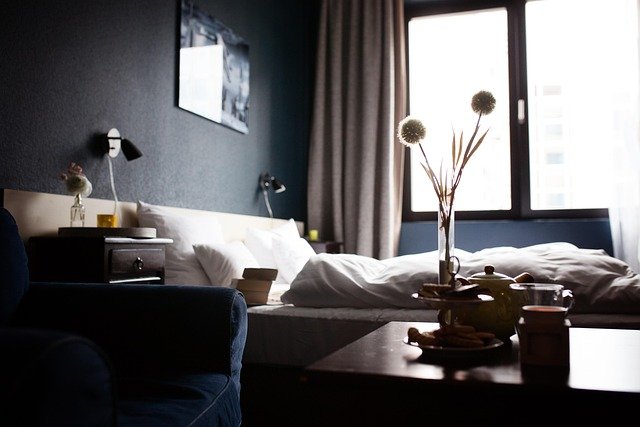Exploring Interior Design: Approaches That May Improve Home Aesthetics
Interior design can influence how a home feels as well as how it functions. From selecting suitable color palettes to arranging furniture and adding lighting, this guide explores practical approaches that may enhance aesthetics while supporting everyday comfort.

How to Select Color Palettes That Complement Different Spaces
Color selection forms the foundation of successful interior design, influencing mood, perceived space size, and overall aesthetic harmony. Different rooms benefit from specific color approaches based on their primary function and natural light availability. Living areas often work well with neutral base tones complemented by accent colors that can be updated seasonally through accessories and textiles.
Bedrooms typically benefit from calming, muted tones that promote relaxation, such as soft blues, gentle greens, or warm greys. Kitchens and dining areas can accommodate bolder choices, as these spaces often feature ample lighting and benefit from energising colours that encourage social interaction. When selecting palettes, consider the room’s orientation - north-facing rooms may require warmer tones to counteract cool natural light, while south-facing spaces can handle cooler colours without appearing stark.
The 60-30-10 rule provides a reliable framework for colour distribution: 60% dominant neutral, 30% secondary colour, and 10% accent colour. This approach ensures visual balance while allowing for personality expression through carefully chosen highlights.
Furniture Arrangement Techniques for Improved Flow
Effective furniture arrangement creates natural pathways through rooms while establishing distinct functional zones. Begin by identifying the room’s primary purpose and traffic patterns, then arrange larger pieces to support these functions without obstructing movement. In living rooms, creating conversation areas with seating positioned to encourage interaction often works better than pushing all furniture against walls.
Consider the room’s focal point - whether a fireplace, large window, or entertainment centre - and arrange seating to complement this feature. Leave adequate walking space between furniture pieces, typically 60-90 centimetres for main pathways and 45-60 centimetres for secondary routes.
Scale plays a crucial role in furniture selection and placement. Large rooms can accommodate substantial pieces that might overwhelm smaller spaces, while compact areas benefit from furniture with exposed legs and lighter visual weight. Multi-functional pieces, such as storage ottomans or extendable dining tables, maximise utility in space-constrained environments.
Lighting Approaches That May Enhance Interior Design
Layered lighting creates depth and flexibility, combining ambient, task, and accent lighting to serve different needs throughout the day. Ambient lighting provides general illumination through ceiling fixtures, pendant lights, or wall-mounted options. Task lighting focuses on specific activities like reading or food preparation, while accent lighting highlights architectural features or artwork.
Natural light remains the most flattering and energy-efficient option, so maximise daylight penetration through appropriate window treatments. Sheer curtains or adjustable blinds allow light control while maintaining privacy. Consider light temperature when selecting bulbs - warmer tones (2700K-3000K) create cosy atmospheres suitable for relaxation areas, while cooler temperatures (3500K-4000K) support concentration and detailed work.
Dimmer switches provide adaptability, allowing the same space to transition from bright task-oriented lighting during the day to softer ambient lighting for evening relaxation. Position lighting sources at various heights to eliminate harsh shadows and create visual interest.
Creating cohesive interior design requires patience and thoughtful planning, but the principles outlined above provide a solid foundation for transforming any living space. Successful design emerges from understanding how colour, furniture arrangement, and lighting work together to support both aesthetic goals and practical needs. Rather than following trends blindly, focus on creating environments that reflect personal preferences while maintaining timeless appeal. Small changes implemented gradually often prove more satisfying and sustainable than dramatic overhauls, allowing homeowners to refine their spaces over time while building confidence in their design choices.




